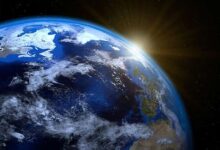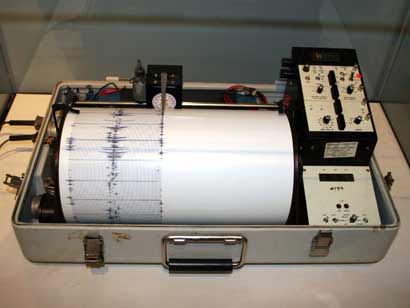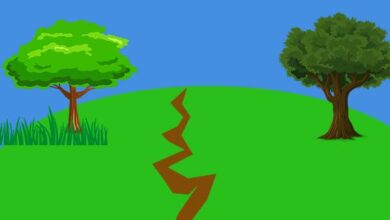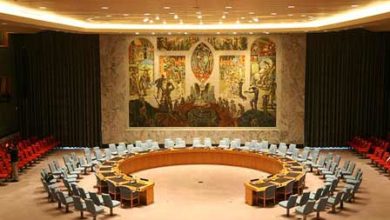World Water Day: Water conservation is the need of the hour
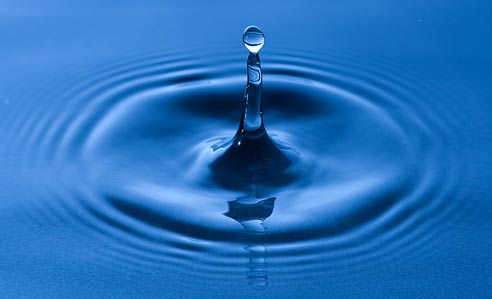
Water is the lifeline of all human beings and out of all the natural resources it is most vital basic requirement for human survival, probably, next only to oxygen which we need to breathe. In human body nearly 70% of the tissues consist of water which keeps on evaporating every now and then and needs to be replenished depending upon the type of activities one does. Besides, the human requirement of water for it’s own survival it is required for domestic purposes for personal hygiene, cooking, washing etc, it is required for agriculture, industry, commerce and other economic and construction purposes as 50 % of the raw materials consist of water. Like human beings, water is equally essential for flora and fauna to survive and, in fact, water is every body’s business.
To save water World Water Day is observed every year World Over with a new theme. This year’s theme is “Water and Climate Change”. In addition every year on World Water Day, they focus their attention on the importance of water and how it can be saved for the posterity. The importance of freshwater and how to advocate the sustainable management of freshwater resources is a very big project which is not only for the present but for the posterity and work is on to achieve this great task. .
Nature provides us water through rivers, lakes, springs, rain and snow/ glaciers and above all big reservoirs of water where unused water gets stored- called Sea. In India though Seas run along more than 700 km of coast line but we had not been able to devise any method by which we may be able to convert that into drinking water. Of course, some water, which seeps or percolates through the Earth gets accumulated at some low places as underground water reservoir, is available too and is pulled out from wells or through tube wells. Of course, at some places the water is brackish and cannot be used for drinking. Water is also accumulated in some manmade reservoirs utilized to produce hydro-electricity and supply fresh water for drinking.
To have water for drinking, is the basic need and right of a human being and to supply pure, clean and bacteria free drinking water to all humans is the responsibility of the Government. Water is not just limited to drinking alone but provision has to be made for supply of water for other daily chores of which cleanliness of body and environment are on top and growing items to eat and sustain human life, probably, the next. It is seen that due to a variety of terrain in our country there is abundance of water in certain areas and scarcity in others causing floods at certain places and droughts at others.
There is no system at present to divert water from excess areas to scarcity areas and people suffer at both the places due to one or the other reason. Of course Govt. is thinking of linking various rivers to divert water to needy areas and avoid sufferings of the people. But till then lot of hoarding of water is going on amongst various States for this precious commodity limiting their interests to state’s alone and not thinking of the Nation, which is detrimental to the National spirit. If these rivers could be interlinked the whole problem can be resolved. Great energy is required to lift water at some places and drop at others. Such energy has to be generated at some places from water alone.
With the increase in the population it has become all the more difficult to manage the water resources in order to ensure that at least drinking water is available to everyone in the country which ever remote corner one stays. For this purpose the water has to be conserved during monsoons and collected in artificial tanks by putting suitable pipes on slanting roofs of the houses, popularly called ‘Roof Top Harvesting’, constructing Reservoirs/ Dams etc. and by digging tanks / ponds or lakes and embanking them with stones. Such tanks can be got constructed even in houses in towns, where the space permits to conserve water for use for sundry purposes. We have to check against water wastages due to over use or not closing pipes even after use or leaks in pipes and taps etc.
A steady has to be made of the places which get flooded during rains so that a number of pumps could be set up there which may suck the water which may go into the earth and get stored at places where there are underground natural reservoirs to store it. Water can be taken out from there by the help of tube wells later as and when required. It will not only avoid flooding but help in increasing the ground water level.
The watershed development is generally carried out in this region to get full benefit by proper utilization of water resources. It may be for producing Hydroelectric power, to irrigate land and for domestic use or setting up new industries for better cultivation and utilization in variety of ways for the benefit of the society. The vegetation which depend upon soil cover depend upon availability of water and other factors. It is on gentle slopes that the habitation appears to tap these resources
Managing the resources available in the Watershed area for proper utilization for the good of the people is called Watershed management. If done, the situations which appeared in Uttarakhand leading to disaster, could have been avoided.
Within these Geographical limits as defined above the watershed may contain some villages or houses and lands showing variety of details or many may have Jungles, shrubs or boulders. The speed of water may wash away sub soil or may erode the surface to take along small boulders. It may not reach the cultivated areas or those areas which need water. It may become a force to reckon with if it falls from steep straight fall where it could be made to run generators for producing Hydroelectricity. The water vis-à-vis terrain, is very important factor in the study of watershed area and all other aspects are interrelated to it specially the production of energy with water. In some parts of the country too much of the water gets collected and floods the areas whereas in some other areas the scarcity of water which leads to droughts. If all the rivers in the country could be interlinked this problem of floods and droughts can be removed.
In view of the above though water in a way, is a naturally occurring substance, is dependent on the monsoon which brings rains etc. and works on a system dependent on a cycle by which the rains bring water, some of which gets evaporated and forms clouds again, which in turn bring rains/snow etc. The quantity of water which gets absorbed by the earth, consumed by the people in their activities, flora and fauna, forests, cultivation, industries etc. or flows into the sea, depends upon the terrain and the environment. Again the evaporation of water to form clouds depends upon heat generated and the movement of winds, Stratospheric Ozone Shield, Global Warming, Biodiversity etc. Well, it is a natural phenomenon but has an overriding effect on our lives and as such we have to guard against all factors which directly or indirectly affect the hydraulic cycle, or biodiversity and rather our life support systems.
Unless the water resources are properly managed and made sustainable it may not be possible to preserve water for the posterity and world will plunge into a water crisis. They say that the way the population in the world is increasing we may face 40% water deficit by the year 2030. The population is growing by about 80 million per year and is likely to reach 9.5 billion by 2050. To feed these extra mouths agricultural products will be required and as we know agriculture accounts for around 70% of all water. Unless water is conserved to that extent it may not be possible to cater for the world requirements.
Author: Brigadier (Retd) K.G.Behl
President, AICC & Sanyukta Nagrik Sangathan, Uttarakhand

